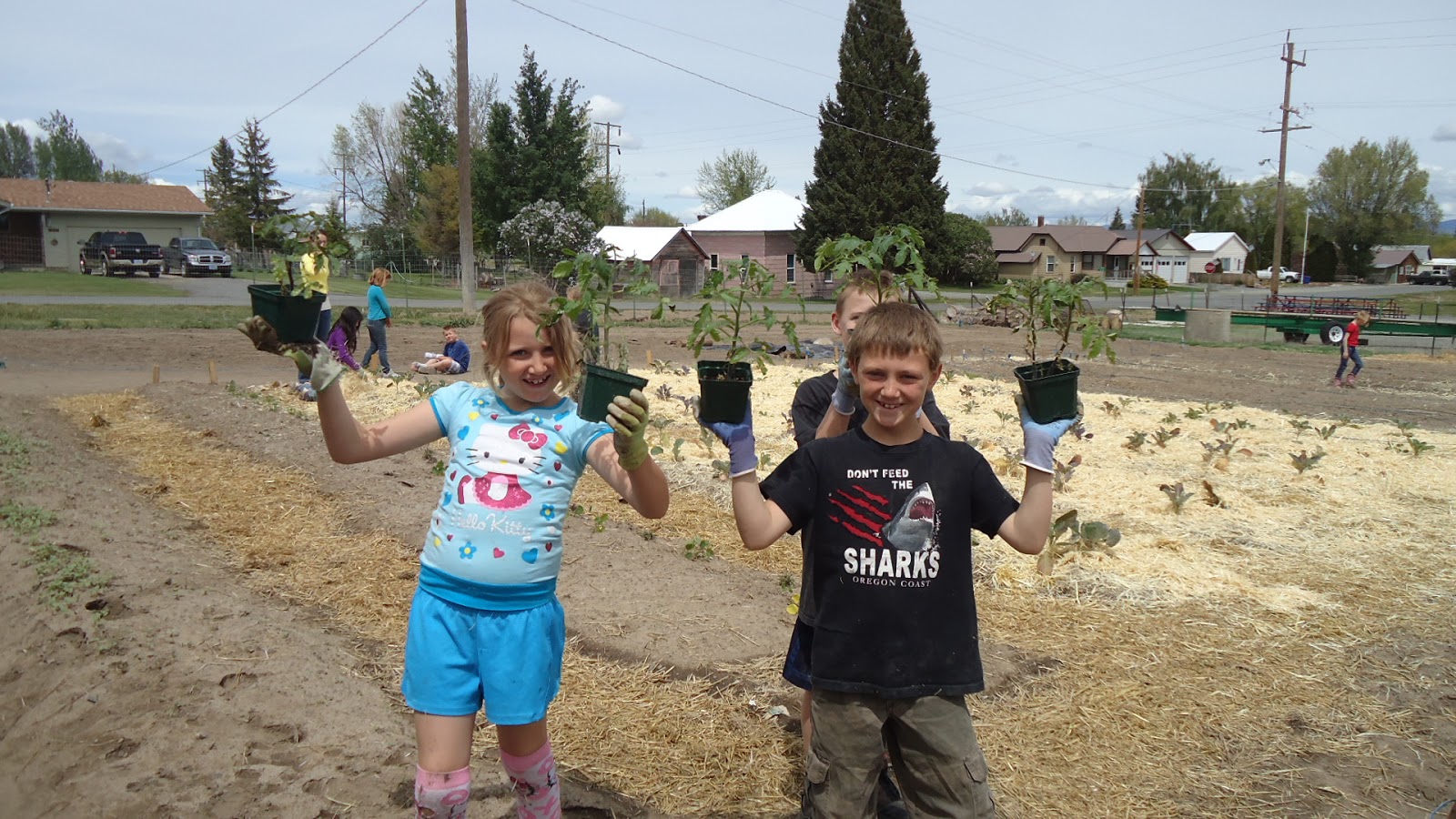It is finally raining, and I am so thankful
to be spending the winter in a location where I don’t have to wade through snow!
I am glad I had the experience of living in the far-out mountains, watching my
feet for rattlesnakes and eating antelope steaks, but I am also glad to be
living somewhere else now. What I realize I am thankful for most of all, however,
is what rural living taught me about poverty.
While living on the Northern Cheyenne
Reservation in southeastern Montana, I was painfully aware that even on my tiny
AmeriCorps stipend, I was one of the few people who could regularly afford to
put gas in my car. I knew that I could ensure my house always had functional
plumbing, while many of my neighbors regularly went without. I was lucky enough
to live in a three-bedroom trailer with only two other people, compared to many
families on the Reservation who had three or four families living in homes of
the same size (houses held together with tarps, cardboard, and other scrounged
materials). I saw a level of poverty that I hadn’t known existed in the United
States. I wouldn’t have seen it if I hadn’t lived in it, even though I spent
eight months living only sixty miles away in Forsyth.
I now know that it is easy, and perhaps
particularly so in larger cities, to not see poverty. We live in neighborhoods
with people of the same socio-economic status, shop at the same stores and
attend the same schools. We know there are communities out there that are both wealthier
and poorer, but they are far-removed from our daily lives. It can be hard to
imagine that anyone’s lives’ are really all that different from our own. It is
also uncomfortable, because those differences (should) make you think twice
about your own lifestyle. Living alongside abject poverty taught me that
poverty is everywhere, but you have to be willing to look at it.
Portland is not just a well-educated, well-fed
middle-class white community, although that’s certainly the easiest segment to
see. My food pantries remind me all the time that not everyone lives that kind
of life. This week at one of my food pantries, I helped pack an emergency food
box for a family who had been evicted from their home and was living in a
hotel. It was a harder box to pack than usual, because I wondered if what I was
packing was appropriate. Do they have a can-opener with them? Do they have the
capacity to cook dry beans? Is there a freezer that they can put the meat and
frozen vegetables in? I started thinking about what a different life they have
from my own, how foreign it is and how uncomfortable that makes me.
I also worry that not enough people think
about this discrepancy, especially among my peers who have perhaps not had the
opportunity to stray from their middle-class niche. So today, I just want you
to think about the average 270,000 Oregonians every month who eat food from
emergency food boxes. Some of them may be living in hotels, others staying with
relatives, and some are still in their own homes. 92,000 of them are children who
may be used to going hungry, while others are struggling because they aren’t
going to school consistently and are missing out on school lunches. More people
are hungry because they don’t have a car, and they couldn’t make the long walk
to the bus stop or directly to my pantry today because of the heavy rain. It's hard to see these people.








